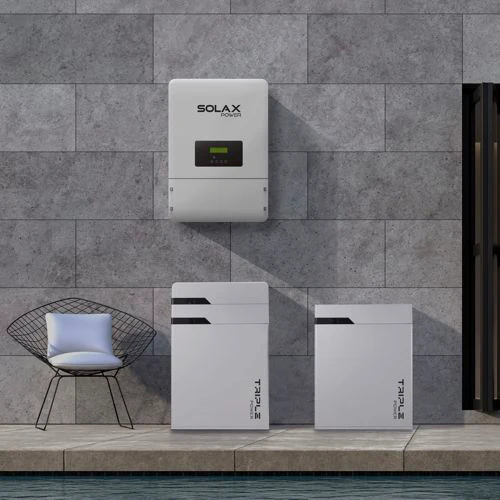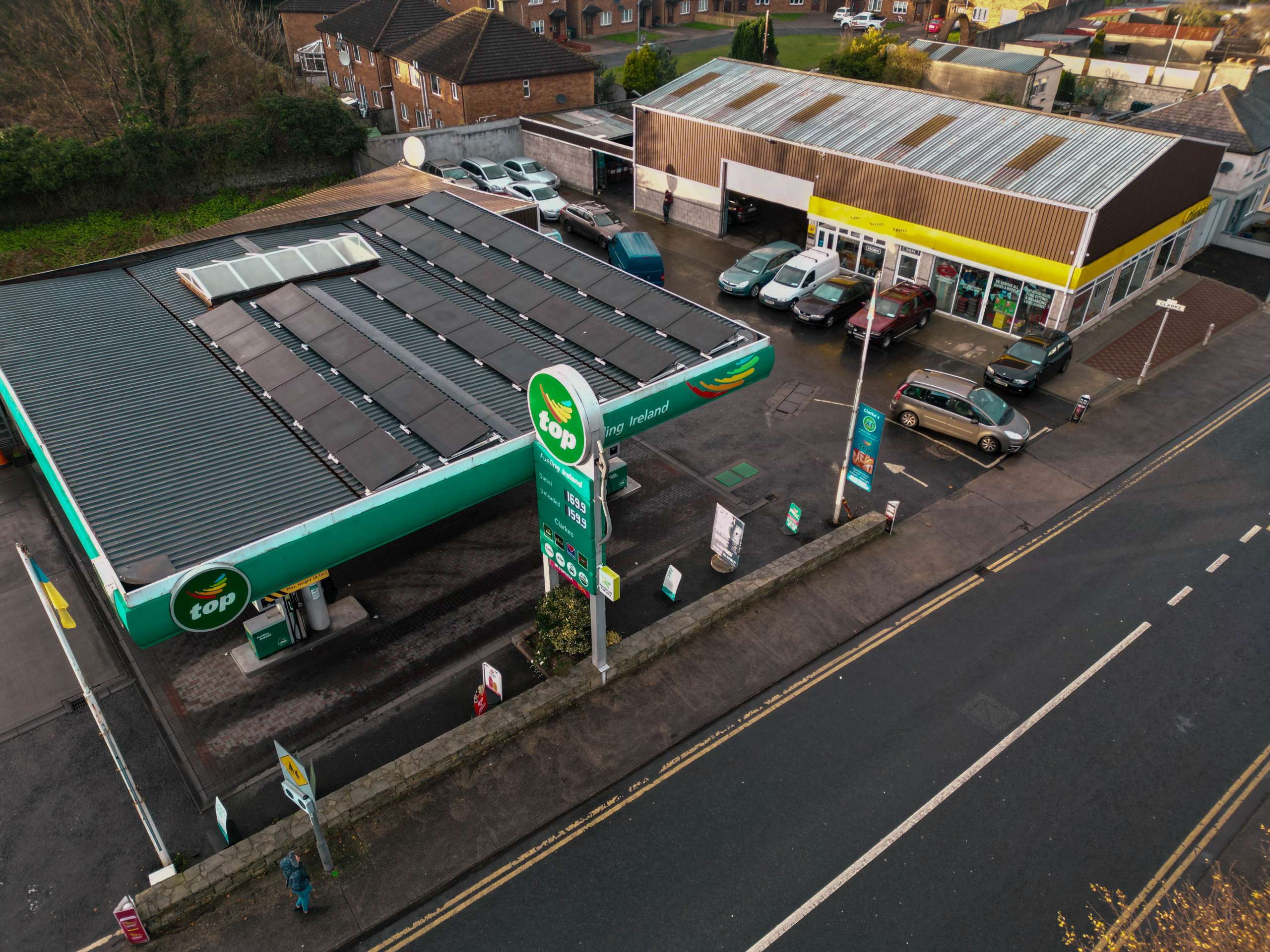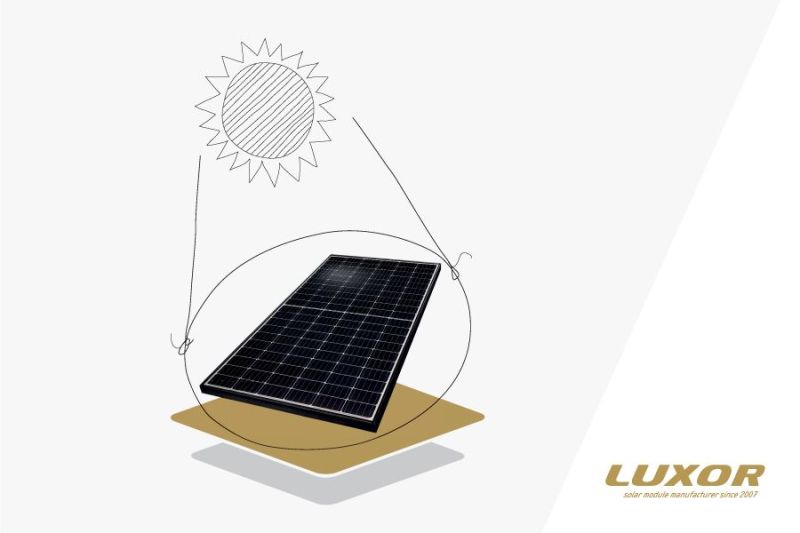About 30 per cent of Ireland’s electricity currently comes from renewable sources, as part of the Climate Plan, Ireland aims to increase this to 70 per cent by 2030. Solar Generation can play a critical role in whether Ireland achieves this ambition.
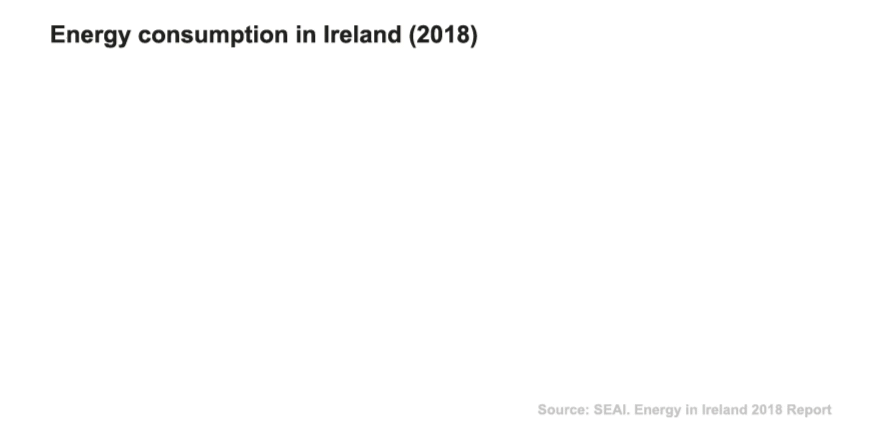
Currently only about 10 per cent of Ireland’s total energy needs is covered by renewable sources – while 90 per cent comes from oil, gas and peat
Effects of the financial crisis
Ireland is currently one of the countries in Europe that is furthest away from meeting its targets for climate emissions. It has higher emissions per capita than most other European countries. There are several reasons for this: Ireland was severely impacted by the financial crisis of 2008–2009, and in the following years jobs and economic growth were prioritised over climate action. The country has succeeded in recovering from the financial crisis, but its economic growth has led to increased use of fossil energy, especially in transport and heating.
In addition, Ireland has a large agricultural sector with an enormous production of meat and milk. While Irish agricultural products have one of the lowest carbon costs per kilogram, the sheer volume of agricultural production means that 30 per cent of greenhouse gas emissions in Ireland comes from agriculture. The EU average is 11 per cent.
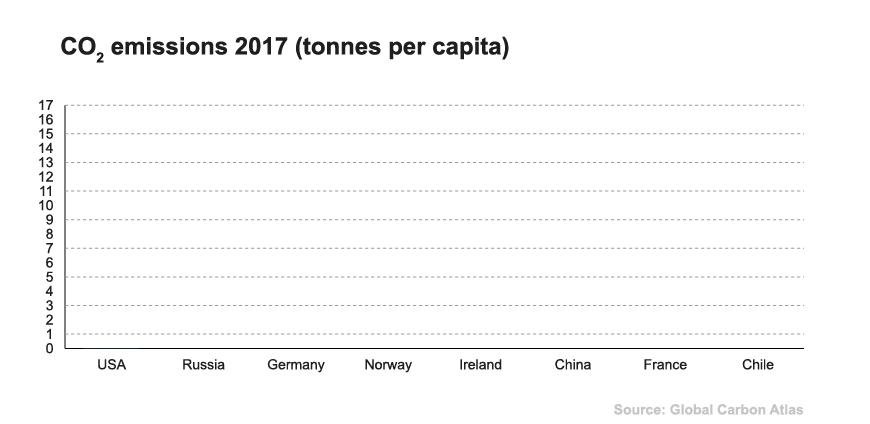

Fossil challenges
Ireland has so far invested relatively little on renewable energy, and is only just setting out on the path of electrification of other sectors than the energy sector.
Ireland has, however, committed itself to a fairly demanding green shift in the economy in general and in the energy sector in particular. In 2015, Irish authorities presented a plan for Ireland’s low-carbon future. The Government committed to reduce emissions from the energy sector by 80–95 per cent by 2050 compared to 1990 levels.
In a report from 2019, the International Energy Agency (IEA) questioned how realistic these targets were – partly because Ireland had not managed to reduce emissions as previously planned and partly because the country was not on track to meet its targets for 2020 or 2030. According to the IEA, Ireland has the highest consumption of fossil energy for heating among all its member countries.
The use of peat and coal to produce energy is particularly harmful. In 2017, coal and peat produced 49 per cent of the carbon emissions from electricity production but generated only 19 per cent of the electricity. But Ireland plans to cut its use of peat and coal sharply by 2025, which will encourage the use of other sources of energy.
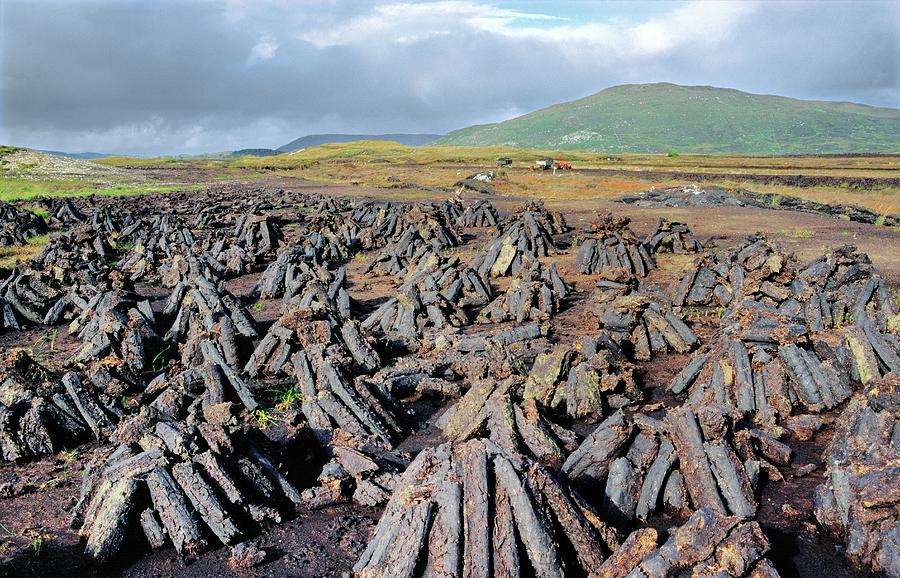

Climate action plan
In May 2019 the Irish government declared a climate emergency and shortly after submitted its Climate Action Plan 2019 on how Ireland will meet its climate targets.
A fundamental requirement of this plan is to have 70 per cent of electricity generated from renewable sources by 2030. To achieve this, Ireland must achieve extensive electrification and produce the majority of its electricity from renewable sources.
This means that the power grid will need to be adapted and developed to handle higher levels of production from renewable sources, a reduction in the use of oil heating in private homes and a substantial growth in the number of electric vehicles. New buildings will face more stringent energy requirements, and grants will be provided for upgrading many existing homes. The plan also includes a target that 100 per cent of all new vehicles must be emission-free by 2030.
Although total energy production is still currently dominated by fossil fuels, the proportion of renewable sources in electricity production has increased in recent years. About 30 per cent of electricity production is now renewable (2017), and that share may approach 40 per cent already in 2020. Government agencies such as the power grid operator Eirgrid have accepted the challenge of 70 per cent renewable share by 2030 and are working to meet this target.
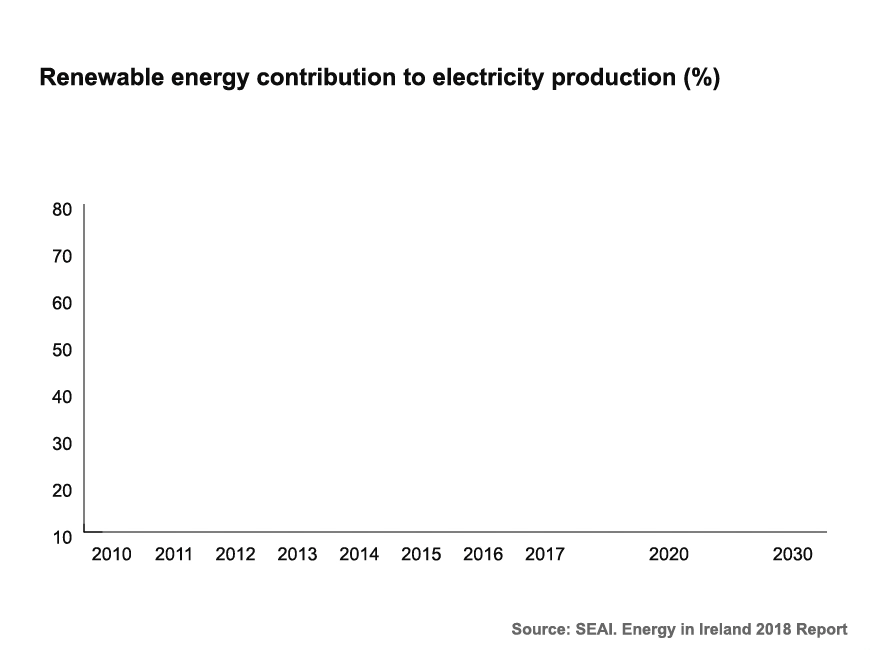

About 30 per cent of electricity production in Ireland comes from renewable sources. The target is to increase the renewable share to 40 per cent by 2020 and 70 per cent by 2030.
What can we do to help Ireland achieve these targets?
The cost of solar has greatly reduced over the last 10 years. What was once seen as an expensive non-viable solution to the rising cost of energy and the impending carbon tax levies is fast becoming the solution for businesses and homes across Ireland.
Solar PV for Business
Big or small your business can benefit from solar energy. Rising electricity costs and new incentives for 100% accelerated capital allowances in the year of purchase are making a Solar PV installation a really smart investment.
The ability to generate your own electricity is also going to become even more valuable as the Governments planned increases in carbon tax begin to take effect.
In addition to this consumers are becoming increasingly aware of their own carbon footprint obligations when deciding on where to spend their money.
Solar PV for the Home
The introduction of SEAI Residential Solar PV grant scheme has ensured that Ireland has a coherent strategy in this sector and will enable us to join our European partners in the fight to reduce carbon emissions and begin to address the ever-increasing concern of global warming.
SEAI Grant Summary
- €800 for every kWp up to a maximum of 2kWp. (Any installation over 2kWp must install a battery).
- Additional €250 per kWp for hybrid systems up to 4kWp.
- Grant is a one-off payment that is sent directly to the customers bank account via SEAI.
- Existing homeowners with PV, qualify for the battery grant.
- Only an installer who is on SEAI’s Renewable Installers Register for Solar PV can certify the installation. Find us on the list here: https://www.seai.ie/grants/home-energy-grants/solar-electricity-grant/solar-pv-installers-and-c/


